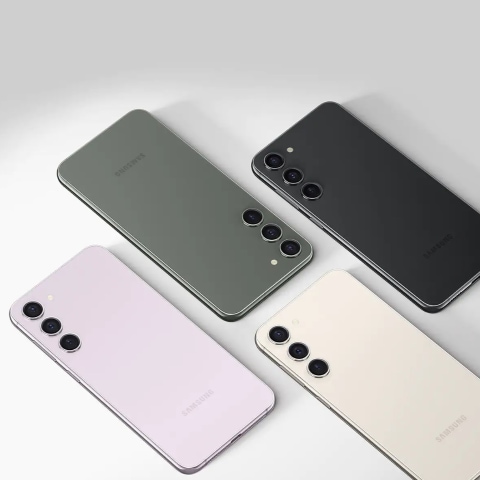How to free up space on your Galaxy phone or tablet?
It's quite likely that you'll use up a lot of memory or storage space on your Galaxy smartphone over time. Fortunately, there are a few methods to free up memory on your smartphone, giving you extra space for crucial documents and priceless pictures. Your device's efficiency can be increased by deleting unnecessary apps, movies, or downloads, freeing up space for all of your upcoming data.

You may remove temporary data that can make your apps perform more smoothly by clearing the cache for each individual program. Moreover, you may wipe an app's data to restore it to factory settings.
Clear an app’s cache:
Delete an app's data
You may free up space on your smartphone by deleting unwanted photos, movies, music files, and other data. You'll then have extra space for more stuff! To improve the responsiveness of your apps, you may also clean out the RAM on your smartphone.
Clean your storage
Clean your memory
You can move the storage you want to save onto an SD card rather than wiping your device's memory or data. After that, you may replace your SD card with a new one. If you need to utilize your SD card for another purpose in the future, you may also erase files from it.
Transfer files to an SD card
Transfer apps to an SD card
If you need to finish the relocation, do so by according to the on-screen directions.
Delete files from an SD card
You may use Samsung Cloud to backup and sync your device's data, as well as remove unwanted items from your Samsung Cloud account. You can, for example, delete a complete backup or particular categories.
Step 1. Go to and open Settings, and then, at the top, touch your Samsung account.
Step 2. Swipe to and touch Restore data, then tap Samsung Cloud.
Step 3. Tap the device containing the backups you want to remove.
Step 4. Next, select More choices (three vertical dots), and finally, hit Delete backups. Choose which file types you want to remove, such as Contacts, Clock, and so on.
Step 5. Tap All at the top to remove the full backup.
Step 6. After you're finished, hit Delete, then Delete again to confirm. Once finished, tap Done.
App deletion or uninstallation may free up a lot of space on your device. Some applications cannot be removed, although they can be deactivated.
- Go to the program you want to delete or disable, then tap and hold its icon.
- Tap Uninstall to uninstall the program, and then Ok on the confirmation pop-up.
- Or, you may select Disable instead. To confirm, tap Disable on the pop-up.
If you're worried about third-party applications on your phone, you can simply identify and uninstall them by utilizing Safe Mode on your phone or tablet.
With the My Files app, you may simply erase downloaded files from your smartphone. You may also utilize the Device care options from the Settings menu.
1. Go to and launch the My Files application. Tap Downloads under Categories.
2. Then, choose your preferred file by touching and holding it. You may also choose all of your files by tapping All at the top of the page.
3. Hit Delete or Delete All, and then confirm by tapping Move to Trash.
4. Other file kinds, including as photos, movies, installation files, and system files, can be deleted using the My Files app or the Device care choices.
Note: If you have any questions after verifying the above-mentioned solutions, please call our contact center to get help with your inquiry.
Thank you for your feedback!
Please answer all questions.